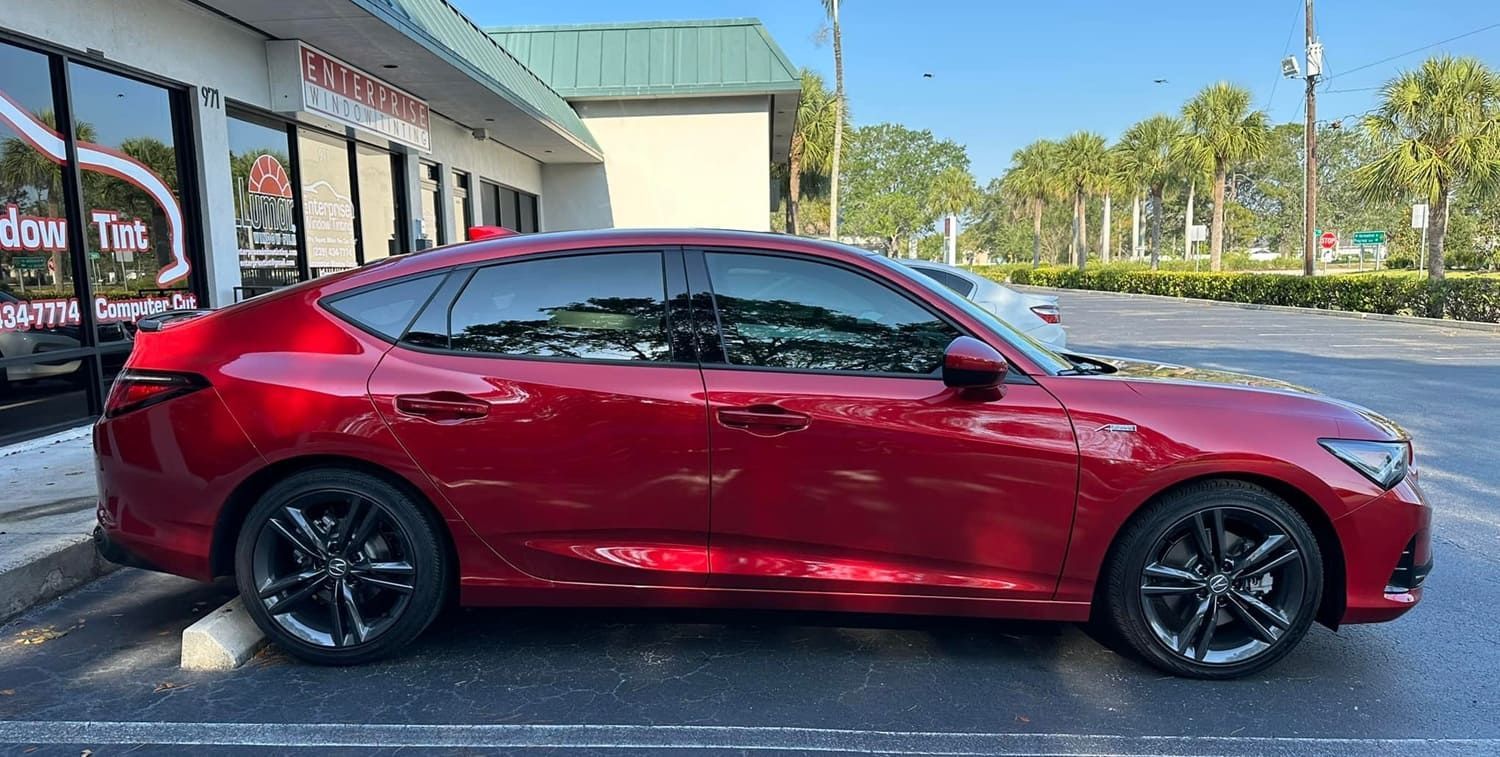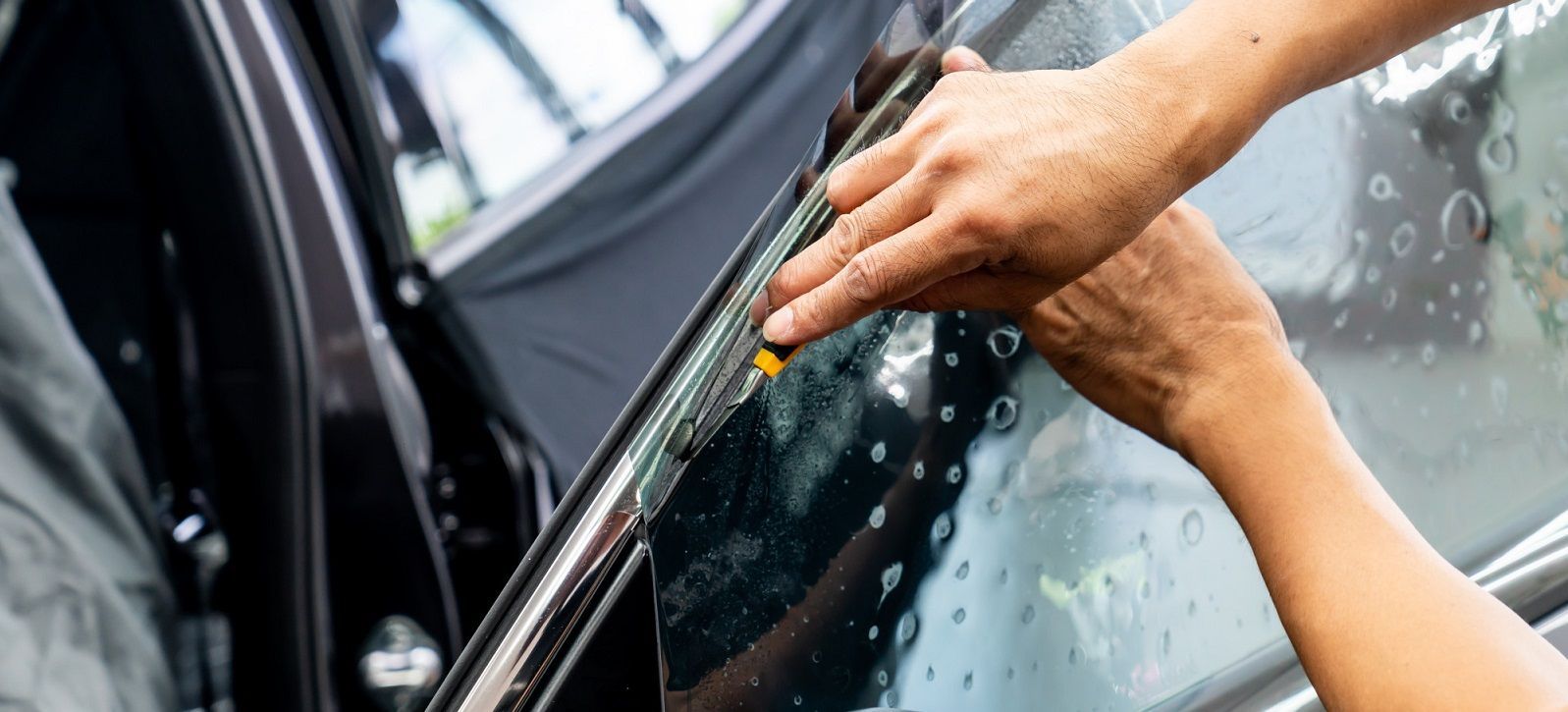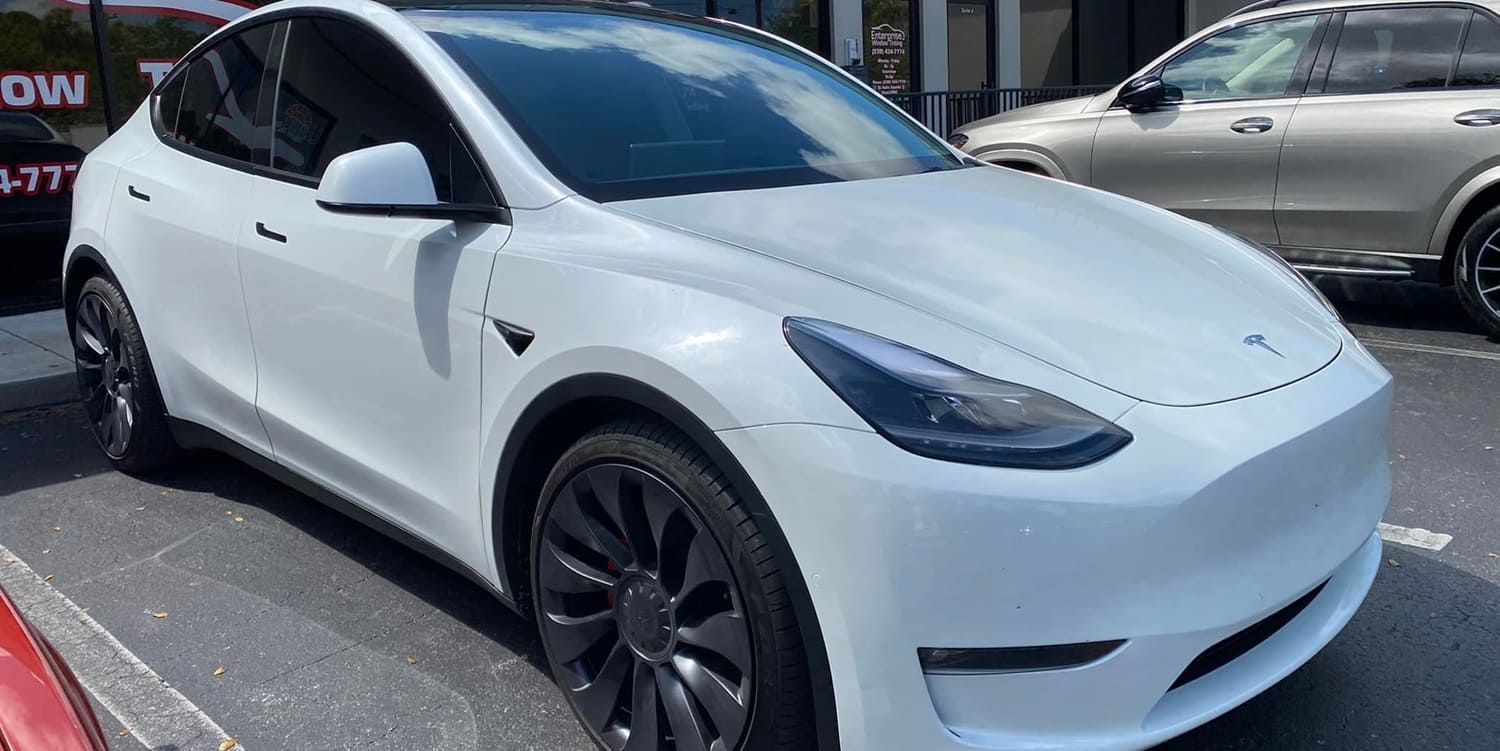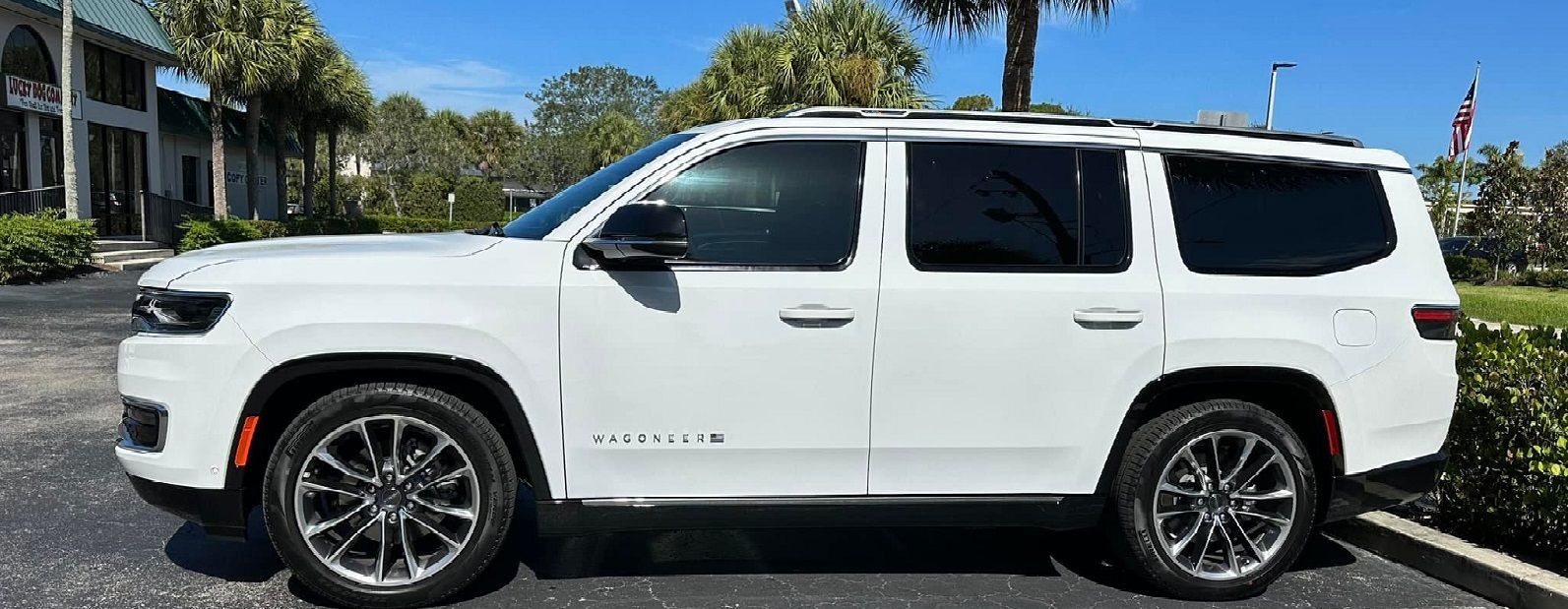Everything to Know About Tint Percentages for Your Car Windows
There are various degrees to which you can tint your car windows. This guide shows everything to know about tint percentages for your car windows.
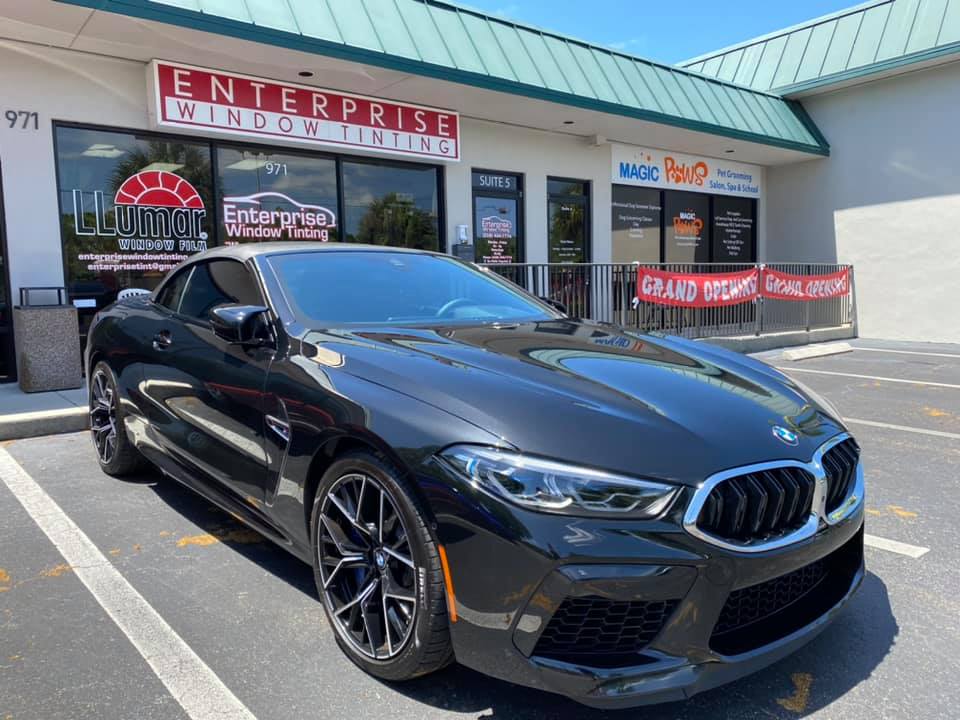
While windshields block much of the UVA and UVB radiation from the sun, the same can't be said for your side windows. Did you know that 50% of UVA radiation can penetrate your side windows and sunroofs inside your vehicle?
All this radiation can increase your risk of skin cancer. Wearing sunscreen is one way to reduce the risk, but you can also make changes to the tint of your windows.
Applying a window treatment to tint your windows is one way to make you and your passengers safer and more comfortable. However, you have to understand tint percentages and how much you can legally alter your car windows.
Here's what you need to know about tinted windows.
What Are Window Tint Percentages?
First off, window tint percentages refer to exactly how much light your window will allow through the film. Every state in the US has a different law about what's considered legal.
A higher car tint percentage means more light can pass through. So, a 20% tint would be almost black and definitely not legal on your front windows.
Window tint is simply a film that's placed on your car windows to adjust the amount of light allowed through. There are different percentages you can have installed, as well as different styles, such as high-visibility options that enable you to enjoy the benefits without the dark look.
Why Tint Percent Matters
Why does the tint percentage matter, anyway? In short, if your window tint is too dark, you could face fines. An officer can pull you over for illegally tinted windows.
There are two main reasons for this.
The first is that windows that are too dark can potentially impact your visibility as you're driving. You need to be able to see all hazards on the road to protect yourself and others.
Secondly, officers need to be able to see into the vehicle if they pull you over. If the windows are too dark, this means they would have no idea if the driver in the car is reaching for a weapon or in possession of drugs or alcohol.
Some officers have a tool that can detect the percentage of tint on a car window, called a visible light transmission (VLT) meter. These devices are also sometimes called tint meters. They measure the tint percentage on a vehicle and make sure it's acceptable.
Discovering What's Legal in Your State
Since window tint laws vary by state, how do you find out what's legal where you live?
You can look up the law by state online, which should detail what type of window tint you can get as well as the percentage allowed. You can also contact your local DMV or even local authorities to inquire about tint percentage laws.
For instance, in Florida, it's a bit different for sedans than it is for SUVs and vans. The tint allowed on the front windows is going to be different than what's permitted on the back windows, as well. Rear windows can be darker than the front windows.
In Florida, the front windows of a sedan must let in more than 28% of light. The back windows, including the rear window, have to let in more than 15% of light.
Tint reflection is allowable, but only a certain percentage. For sedans in Florida, that number can't be more than 25% reflective.
Knowing the ins and outs of what's considered legal regarding window tinting ensures you're driving safely, and you shouldn't have any issues with the law.
Benefits of Tinted Windows
Now that we've covered the basics of window tint percentages, you might be wondering about the benefits. There are many benefits of getting your windows tinted, but we'll cover a few basic ones.
As mentioned earlier, window tints can reduce your risk of developing skin cancer. Window tints block much more UV radiation, which makes it safer for you and your passengers. As an added bonus, window tints also reduce heat, making your car cooler and more comfortable to ride in.
Window tints are also customizable, so you can choose the style you like best.
Another thing you should know about window tints is that they protect the interior of your car. UV light can cause color to fade and even damage the material of your vehicle upholstery.
Getting a window tint for your car can protect you and your passengers, as well as keep your car looking great for years to come. It's a win-win all around.
Decide What You Want
As long as you know the tint percent allowed in your state, as well as the styles and colors allowed, you can get creative with customization.
Decide what you want out to get of your window tint. Do you like the look of darker windows, or would you prefer the benefits of a tint without that? Do you want a metallic or reflective tint?
Ask yourself these questions and then take a look at what vehicles look like with different tint percentages and styles.
You'll also want to consider your budget. There are different tints out there providing different benefits, but if you want a top-of-the-line tint, you should expect to pay more for it.
Why You Should Invest in a Professional Installation
Lastly, you'll want to invest in professional installation. If you don't, you risk messing up the job, which can result in a damaged film. You don't want your film to crack, bubble, or peel as this can impact your visibility.
Also, you could wind up buying a tint that's too dark. The last thing you want is to get pulled over for illegally tinted windows.
Avoid the hassle and get your window tinting professionally done.
Ready to Upgrade Your Windows?
Now that you know more about window tint percentages for vehicles, you're ready to take the next step.
Are you ready to stay safe from the sun and start driving in comfort? Let Enterprise Window Tinting help you upgrade your windows with a professional tint installation. Get a free estimate today!
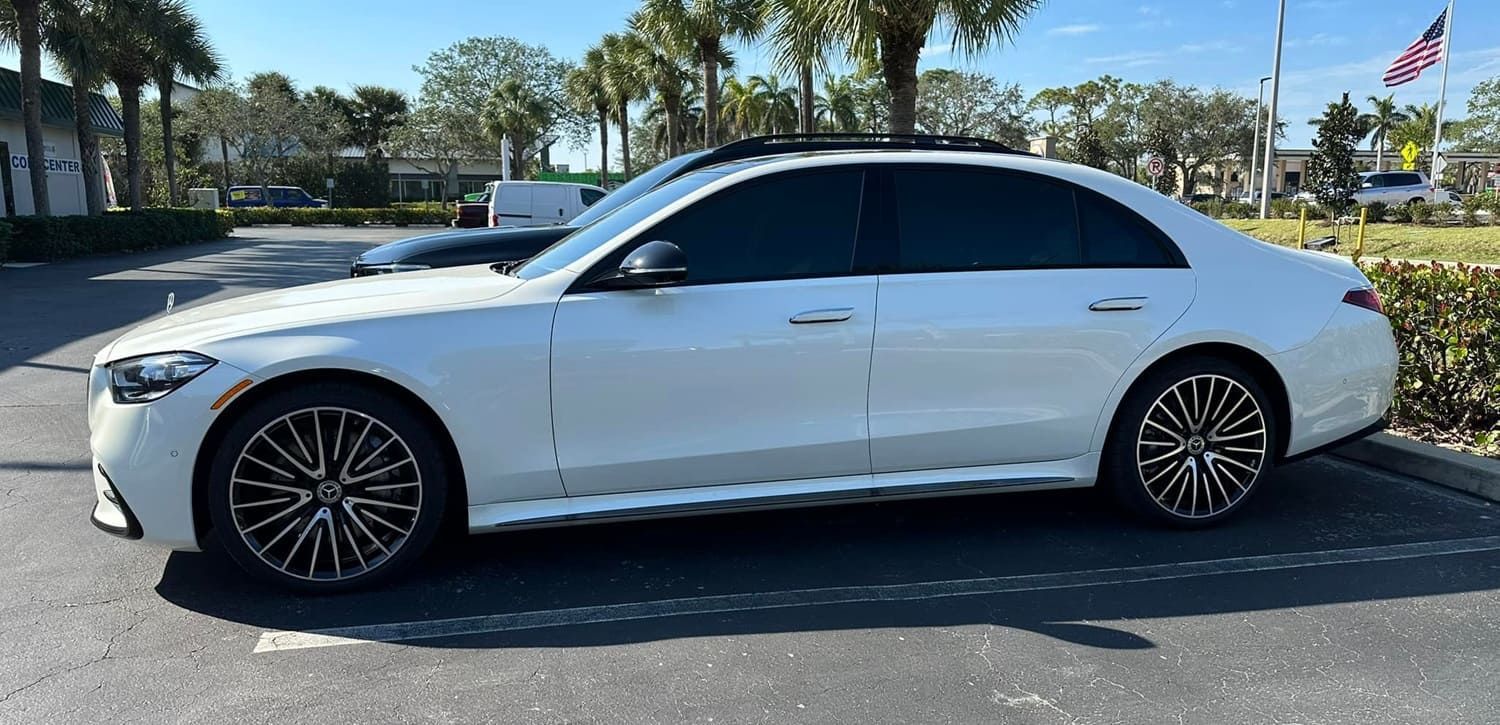
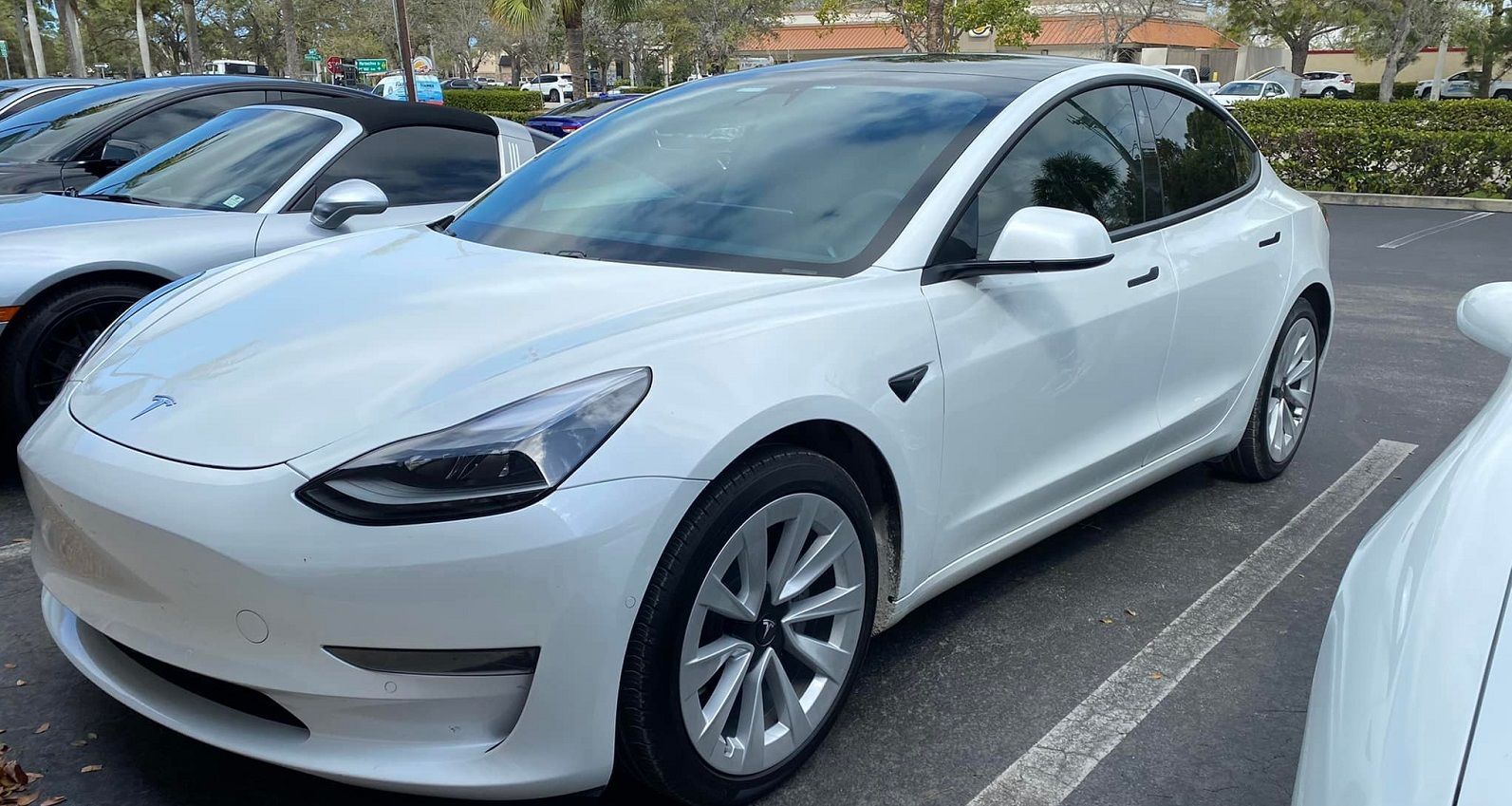
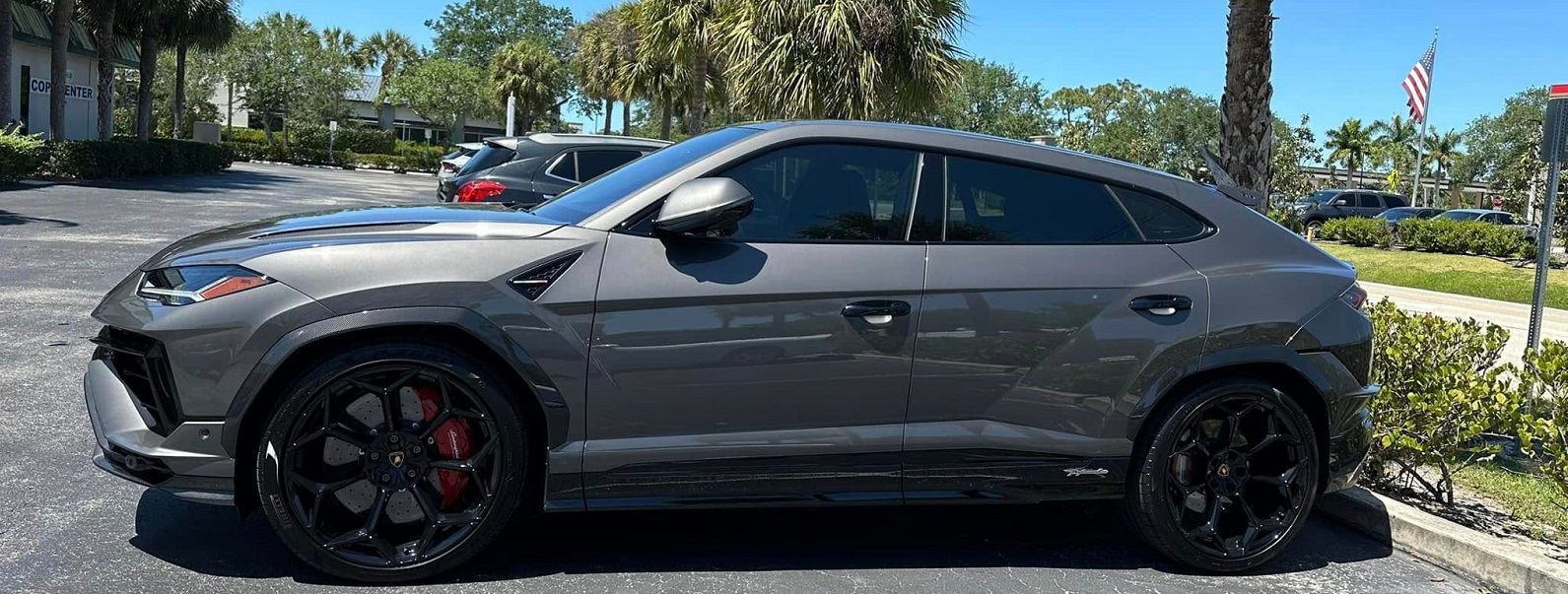
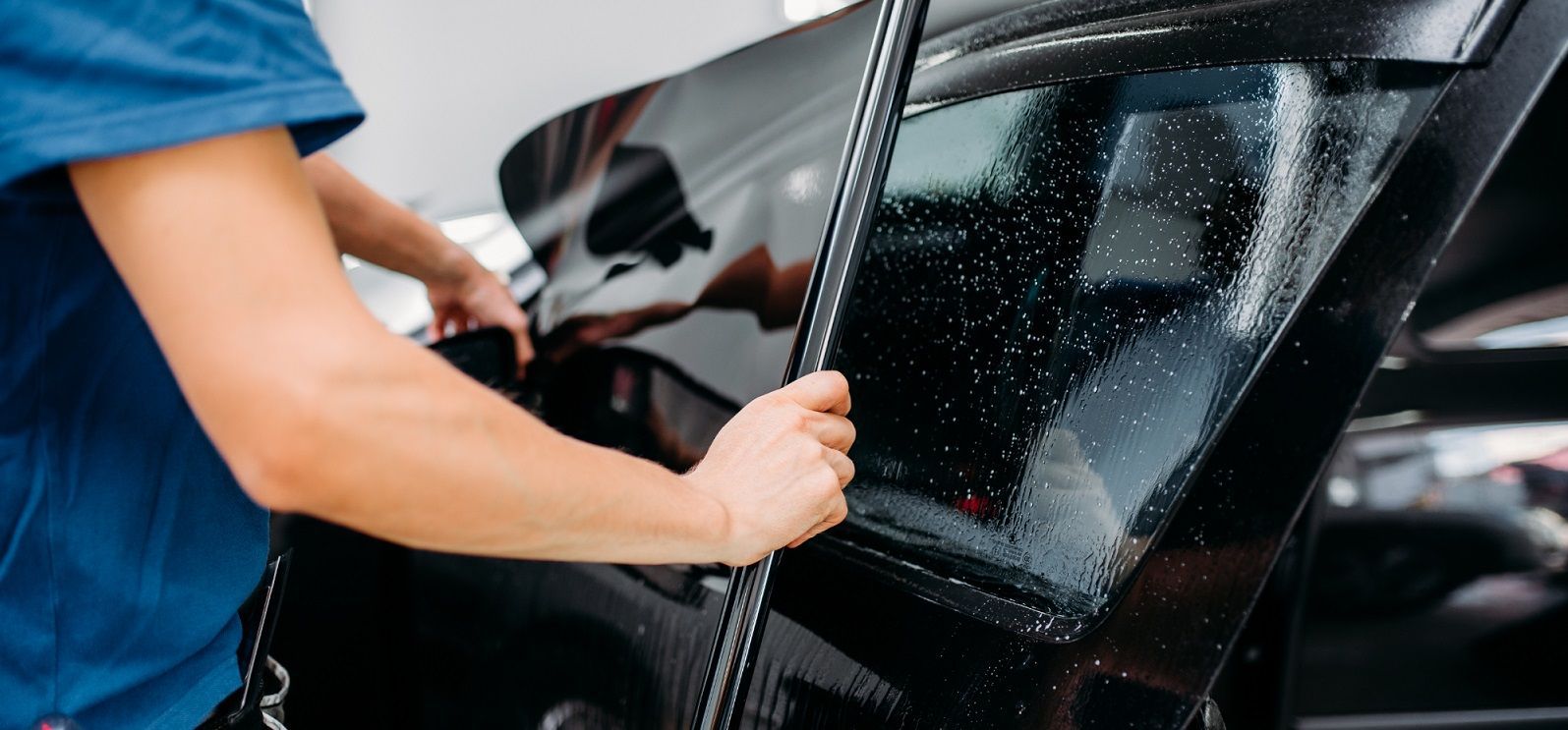

ENTERPRISE WINDOW TINTING
971 Airport-Pulling Rd N
Naples, FL 34104
Office: 239-434-7774
Fax: 239-434-5509
Hablamos Espanol
Monday – Friday 8am – 5pm
Saturday 8am - 2pm
All Rights Reserved | ENTERPRISE WINDOW TINTING

